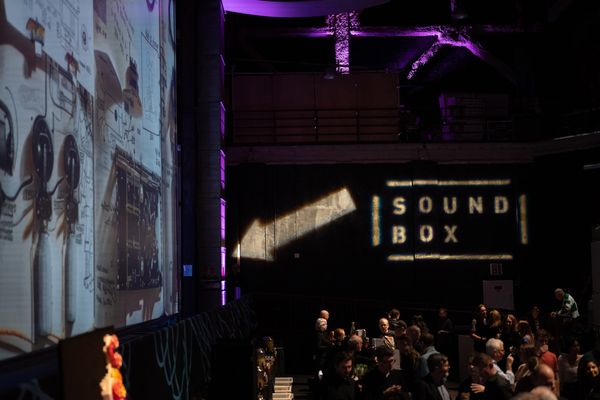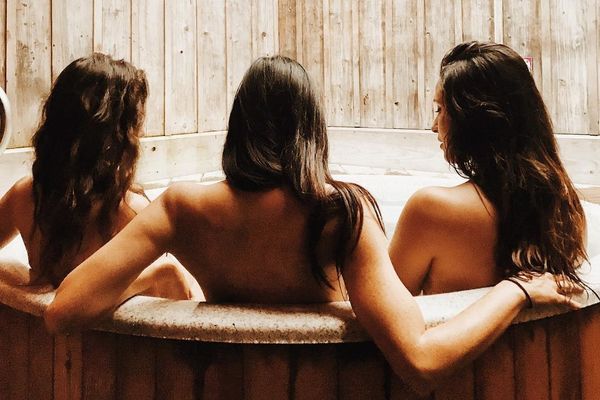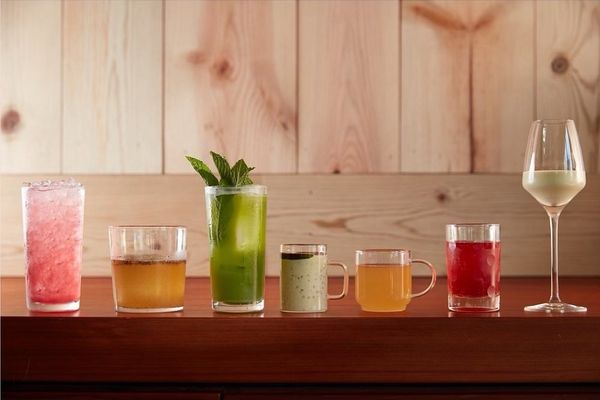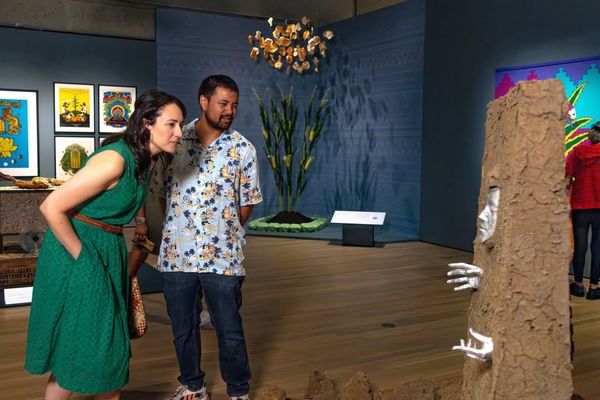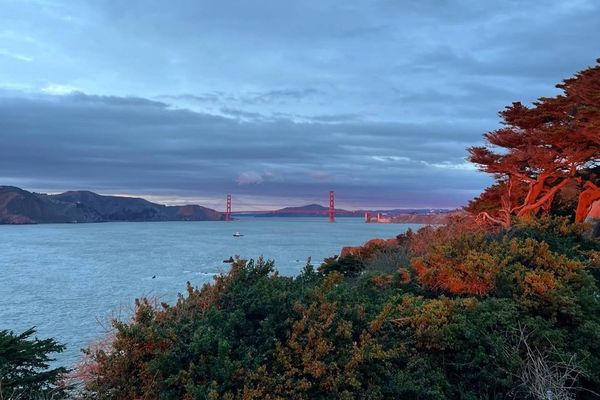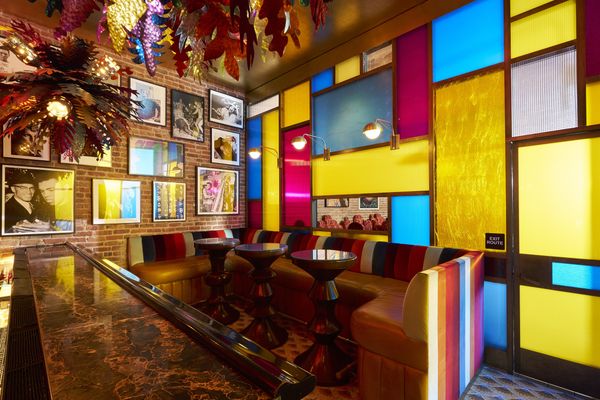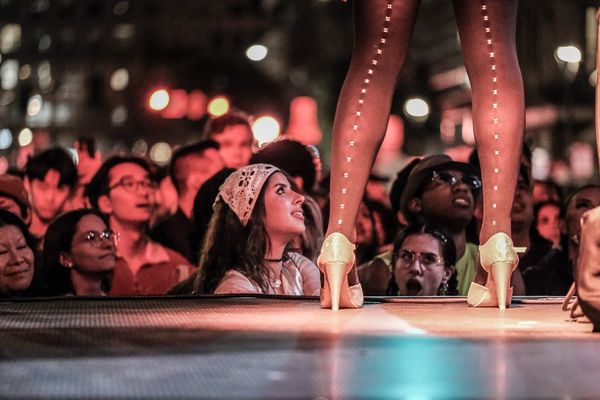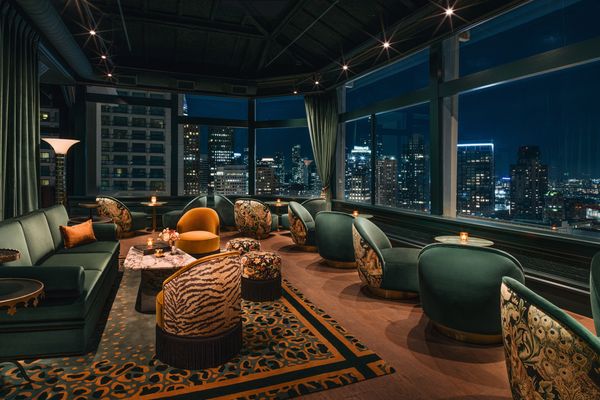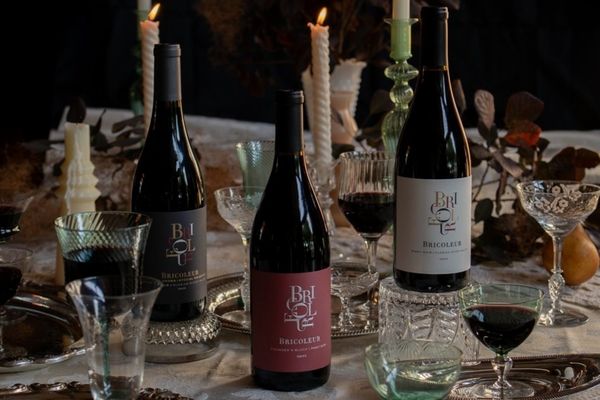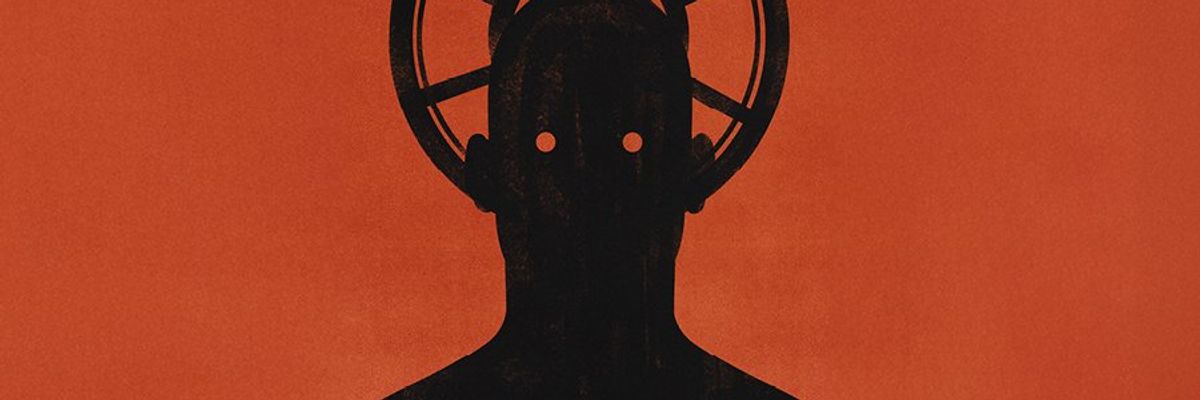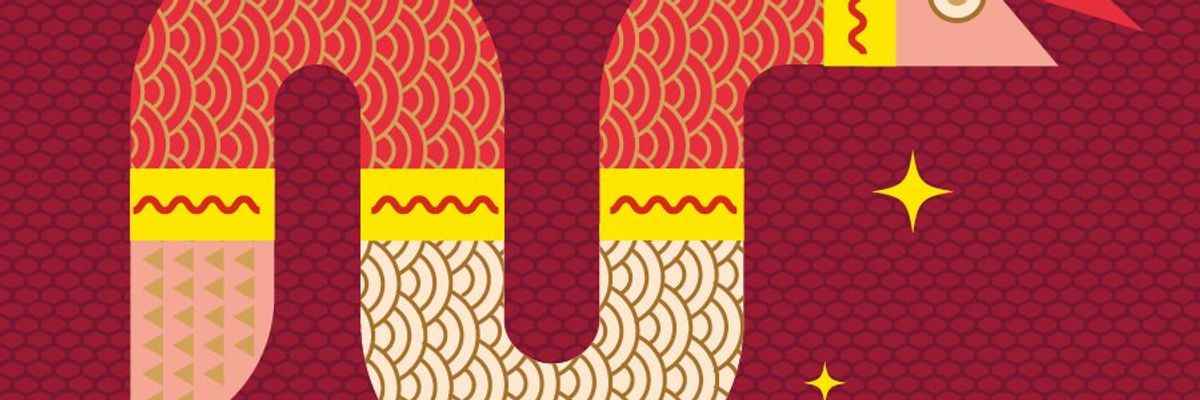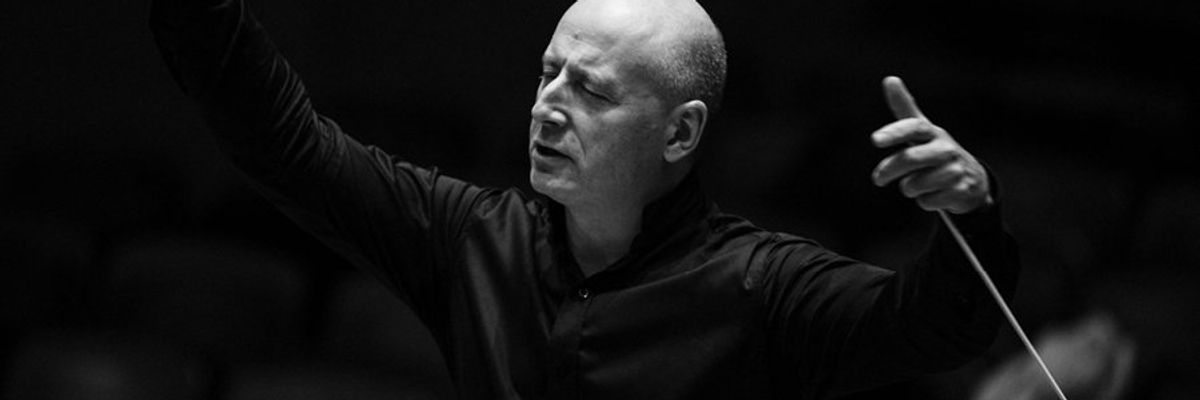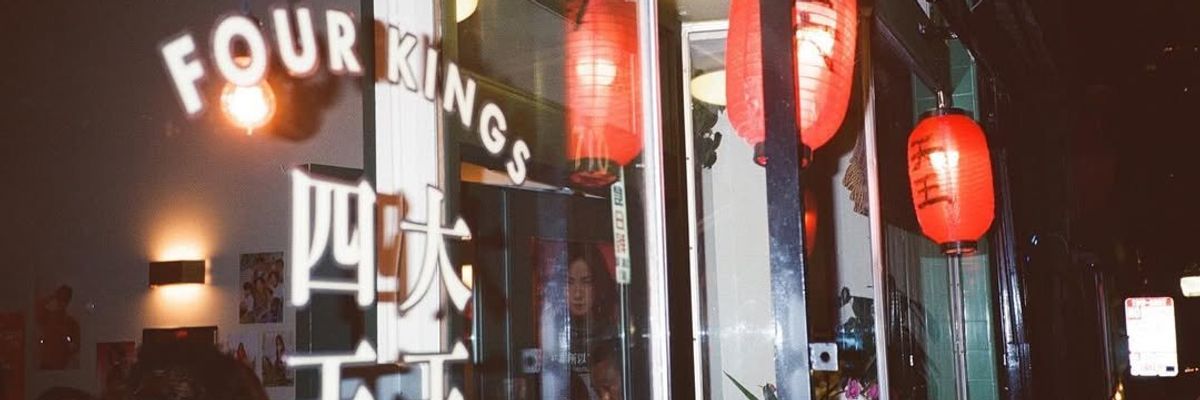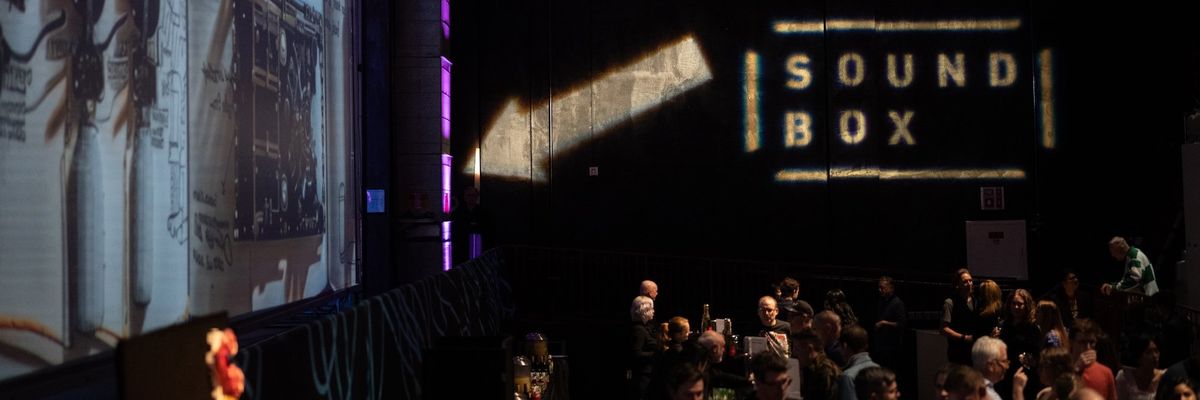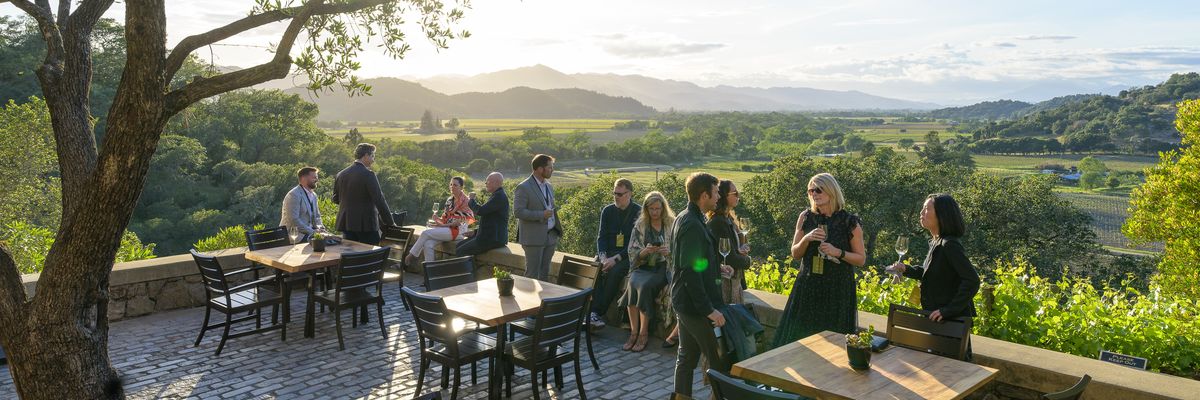Jorge Colombo’s cover for the June 1 issue of The New Yorker stands on its very own merits, regardless of whether you know the backstory: It's economical, evocative, and haunting, an unexpected shadow view of an urban street-food scene. Here's the twist: Colombo painted it using a finger-painting app for the iPhone called Brushes. The NYC artist is visiting S.F. soon (“I'm planning to draw as much of San Francisco as I can”), and the time seemed right to check in with Colombo, born in Lisbon, Portugal, and once the art director at San Francisco magazine.
Q: How did The New Yorker cover come about?
Jorge Colombo: Françoise Mouly, The New Yorker's art editor, saw the prints edition I had done with Jen Bekman's 20x200.com and found cover potential in such images. As she puts it, it's not so much the fact that they're done on an iPhone: What she really likes is that I draw them on the spot, walking the streets until I find the right scene. Most illustrators she knows tend to take reference photos and go work in their studios.
You probably guess that for each image in The New Yorker cover there's a bunch of others that almost made it. I proposed a lot of New York scenes, so that was the beginning of my “Finger Paintings” weekly spot on their Web site. I keep drawing images, looking for a balance between a personal view and recognizable icons. I list them on a map to make sure I'm covering NYC evenly.
There are such great image collections to define our idea of New York -- Berenice Abbott's photos, Arthur Getz's covers, the amazing four minutes that open Woody Allen's Manhattan -- and I love having a venue to publish my own series. Some drawings could even end up on the magazine's cover... but with The New Yorker, you can never be sure!

Q: Can you describe your process in creating the cover and other "Finger Paintings"? Was it easy to manipulate or learn to finger-paint with the app?
JC: Didn't take long -- a couple fiascos in the beginning, a few "aha" moments... The goal is not to even have to think about how to obtain an effect -- just do it. Drawing on a tiny screen has obvious limitations. But the fun part is to figure out what the medium does well -- in this case, quick transparencies and organic broad strokes -- and create a language around it. You compose differently for a piano than for a flute.
What makes me happy is the size of the whole thing. I've never been interested in a lot of equipment or large studios. With me, it's more about fitting everything on a briefcase, or using even less tubes of paint. So fitting all I need inside a cell phone is a minimalist's dream come true.
Q: Any thoughts on drawing digitally and on a portable machine -- can you picture artists straying from traditional materials en masse soon? How might it change drawing?
JC: Did guitarists stray "en masse" to the electric guitar when it was introduced? New tools tend to be added to the arsenal. We can still use the old media, but also the new ones. Artists keep exploring everything, even "obsolete" methods. There are more people shooting daguerreotypes than we'd imagine. Digital art has come a long way -- it doesn't necessarily look "digital" anymore -- but traditional media offer still offer competitive aspects.
What I'm enthusiastic about is the effect this could have in amateur art, something I admire and encourage, and which is not practiced enough. People get stuck on the "I'm not good at drawing" and don't even try. Yet they have no problems riding bicycles or going for a swim while they're not Olympic athletes (which, of course, is not the point!). A creative activity of some sort, even in an amateur capacity, is as good for your mind as a workout is for your body. I hope to see these digital art tools helping art-making to be yet another thing one entertains oneself with on a cell phone.
Q: You have a lot of S.F. connections -- what do you find appealing or seductive about the city?
JC: It's just like Lisbon, which is where I'm from: same hills, same palm trees, same street cars, same weather, same population, same bridge... But at the same time, it's different enough to feel stimulating. And I only spent two years in S.F. I don't feel I got enough of it.
Q: You're an illustrator, photographer and graphic designer -- any preferences in terms of work or media?
JC: You forgot to add the short movies! Here's my cliché answer: whatever I'm doing at the moment is my favorite thing to do, all my ideas geared towards it. Then I get a bit bored, and move onto something else for a while.
Q: You're in a group show at your gallerist Jen Bekman's NYC gallery titled "Summer Reading." Can you describe your work in that exhibit?
JC: Definitely not done on an iPhone: good old ballpoint pen on paper instead. I had been living in uptown Manhattan, spending a lot of time on the subway. So I went back to sketching during my commute as a way of getting my daily exercise. It's fun trying to keep a firm hand on a rocking A train -- especially on the express stretch between 125th and 59th. The drawings for the show are all of people reading. I turned my trips into hunting expeditions, and only drew people with books or magazines.
Q: What's next?
JC: Other places to draw! It's great to be collecting so many vistas of New York, but I look forward to occasions or pretexts to draw other locations on the spot. There is a great tradition of travel sketching, and my iPhone is one of the most convenient art kits one can have. Except for the part about having to recharge the battery...



